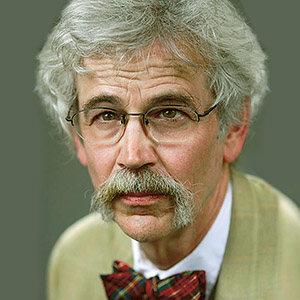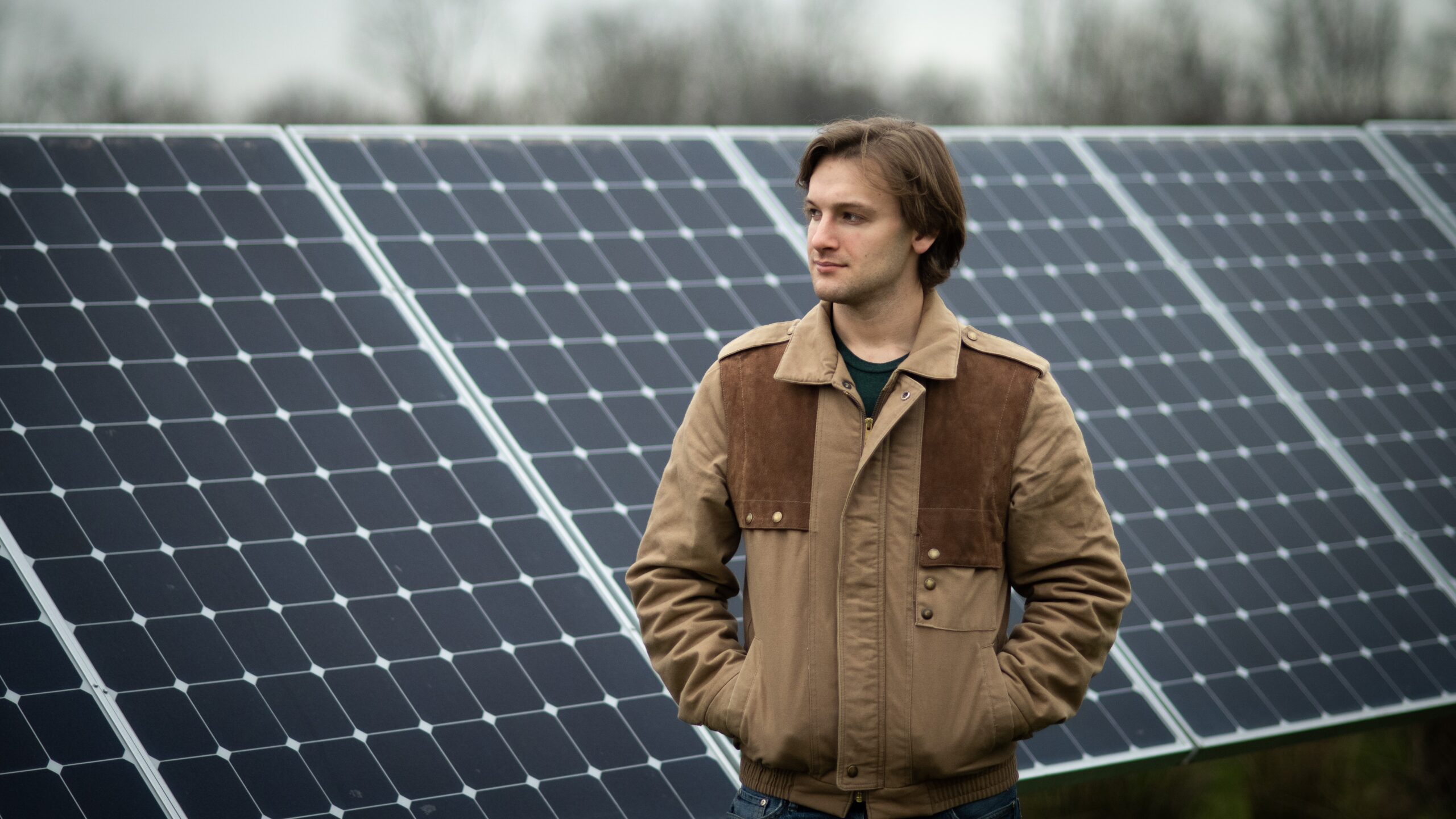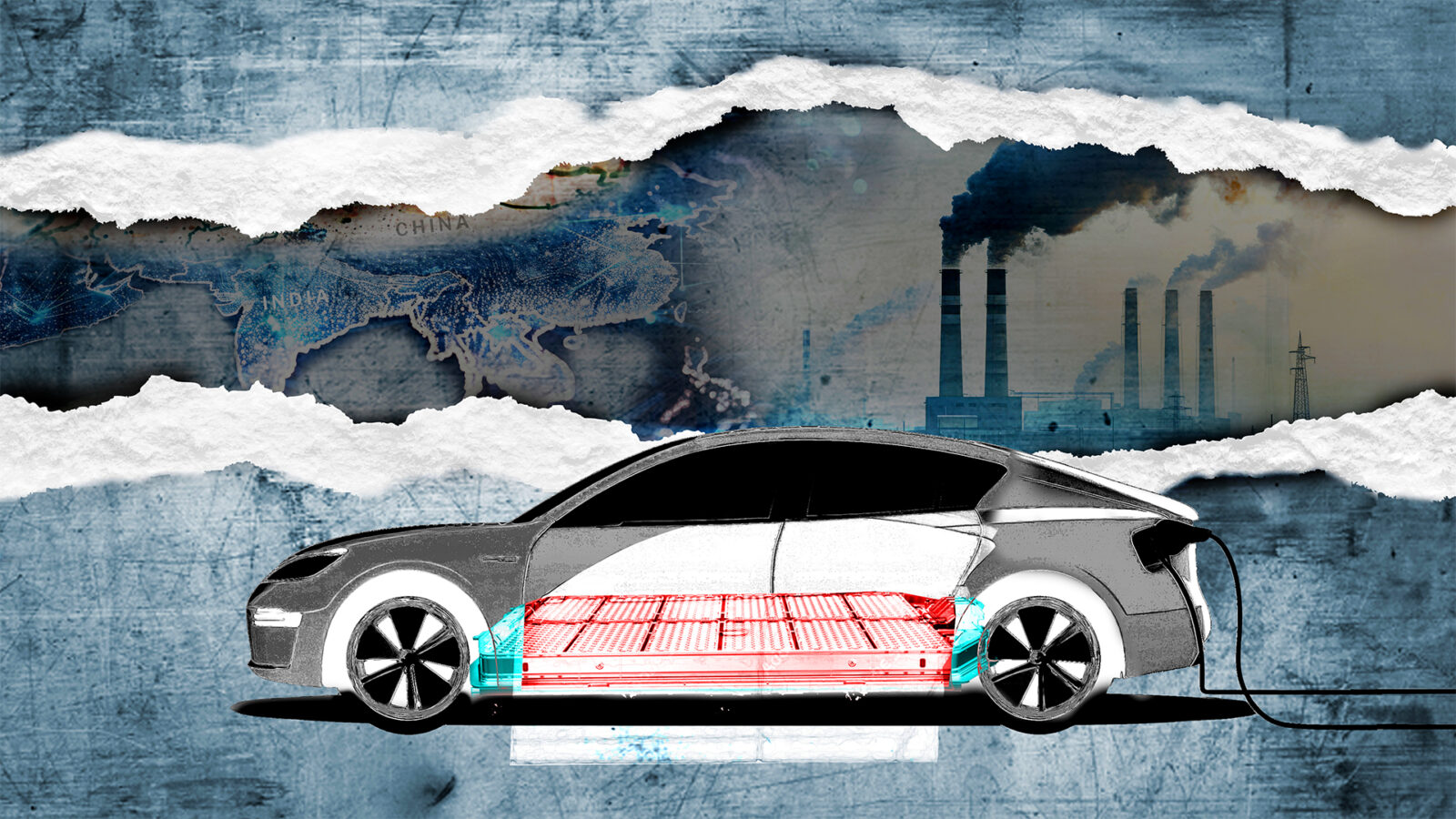
Shared prosperity is key to clean energy transition, say experts at E-ffiliates retreat
By
on
“We need to get down to the grassroots, the real grassroots, and talk about ‘do I have a stake in this nation?’” Art Cullen, a Pulitzer-prize-winning reporter and editor of the Storm Lake Times, who sat on a panel about stakeholder perspectives, said about his community of Iowan corn growers.
The event, sponsored by Princeton E-ffiliates Partnership (E-ffiliates), the corporate membership program administered by Princeton’s Andlinger Center for Energy and the Environment, brought together energy modelers, policy researchers, leaders in infrastructure and finance, and community representatives, to discuss how the United States could minimize greenhouse gas emissions and ultimately release into the atmosphere only as much greenhouse gas as is captured and stored each year, a concept known as net-zero emissions. This year’s program explored findings from a Princeton study, Net-Zero America (NZA), released in December 2020, which mapped out five technological pathways for the United States to reach net-zero greenhouse gas emissions by 2050.

Kelly Sims Gallagher
“It’s important to bring these groups together because an energy transition will require buy in from and affect every segment of society,” said Barry Rand, associate director for external partnerships at the Andlinger Center for Energy and the Environment and associate professor of electrical and computer engineering and the Andlinger Center for Energy and the Environment.
The NZA study found that utility-scale carbon capture technology, high-voltage transmission lines, swaths of solar and wind farms, and biofuel plants all must be deployed rapidly, and that many of these solar, wind and biofuel plants will be located in the Midwest. Experts said deploying these technologies requires more than just technological readiness; it will require social and political acceptance also.
But Cullen said about these alternative technologies and crops, “Right now, nobody believes you can make money on it.”
Co-panelist Kelly Sims Gallagher, academic dean of the Fletcher School at Tufts University, said that environmentalists, and people whose local economies do not rely on carbon-intensive industries, often underestimate the impact that transitions can have on livelihoods in places where one industry dominates, whether it’s hogs, coal, or corn. Gallagher said that the country needs a transition authority that would provide the resources for every jurisdiction to start considering how to achieve a clean energy transition, which was a recommendation that came out of a recent National Academies study she co-authored on policies to accelerate a transition to a net-zero economy. Jesse Jenkins, assistant professor of mechanical and aerospace engineering and the Andlinger Center for Energy and the Environment, who moderated a panel on energy modeling at the retreat, was also a co-author of the National Academies study. Stephen Pacala, the Frederick D. Petrie Professor in Ecology and Evolutionary Biology at Princeton, chaired the study’s committee. Gallagher said that the transition must be fair in terms of race, income, age, gender, and geography, and said that those less impacted by a transition or by the effects of climate change must help those less fortunate.

Art Cullen
“I think we need to understand that climate policy is really economic, labor, and social policy. It’s not just in the domain of the EPA. Really all types of policymaking intersect with climate policy,” said Gallagher.
In a panel on the practical challenges of getting infrastructure, like solar farms and transmission lines built, Geeta Thakorlal, president of digital and energy transition at Worley, a global construction and engineering firm, spoke about long project lead times and difficulty in permitting projects. She said this applies to solar farms, pipelines, and biofuel plants, among other infrastructure, and that those complications may stymie transition plans. She was joined by Stuart Murray, head of project and infrastructure finance for the Americas at Citigroup and Chris Pereira, chief risk officer and vice president of strategy at General Electric Company, in a panel moderated by Chris Greig, the Theodora D. ’78 and William H. Walton III ’74 Senior Research Scientist at the Andlinger Center. Thakorlal said a simple solar project in the United States can take 21 months to permit and a corridor that carries energy resources across states can take 10 years to get approved. She said that’s too long if the goal is to massively scale up renewables and do so at an unprecedented rate so that 29 years from now, the U.S. emits effectively no greenhouse gas emissions.
“We cannot carry on delivering projects the old way,” said Thakorlal.
She emphasized the need to increase transparency, standardization and modularization, so that infrastructure is built and deployed in ways that are streamlined and replicable.
Murray raised similar concerns but noted that mobilizing funding for such projects may be easier than anticipated. He said capital is flowing into companies that work on renewable energy and have a reputation for being good stewards of the environment. Still, said Pereira, investments are lagging in building pilot plants to demonstrate the viability of specific technologies, such as next-generation biofuels.

Geeta Thakorlal
Such demonstrations could be important for showing farmers, whose profits have been squeezed by industrial agriculture conglomerates, that they can reap fairer returns from growing energy crops over corn, panelists said.
Ensuring that kind of equity requires planners to consider multiple objectives beyond lowest cost, according to a panel on energy systems modeling. Erin Mayfield, a postdoctoral researcher at the High Meadows Environmental Institute and a co-author of NZA, said on the energy modeling panel that integrated assessment models, like those used in the study, allow researchers to account for outcomes, like reduced air pollution that help address some of the political and social challenges.
Beyond the need for better models, Gallagher said changing energy systems requires stable policymaking and political leadership. Companies and citizens need to know what the policy and business environment will look like down the road to invest in green technologies, whether that’s a biofuel plant or a personal electric vehicle. She recommended a national infrastructure or green bank that provides predictable, stable capital, which would go a long way to advance projects even in downturn times. David Hawkins, director of climate policy at the Natural Resources Defense Council, and a fellow panelist of the stakeholder session, agreed policies that are overturned with each new administration undercut progress toward more efficient and equitable systems.

Chris Pereira
“American policymaking would need to be very predictable and durable,” said Gallagher said. “It takes a complete reframing of how we think about this problem.”
Cullen, in an engagement session that closed out the day, said that this transition could become a form of restorative justice for the country, and one that is both affordable and necessary.





